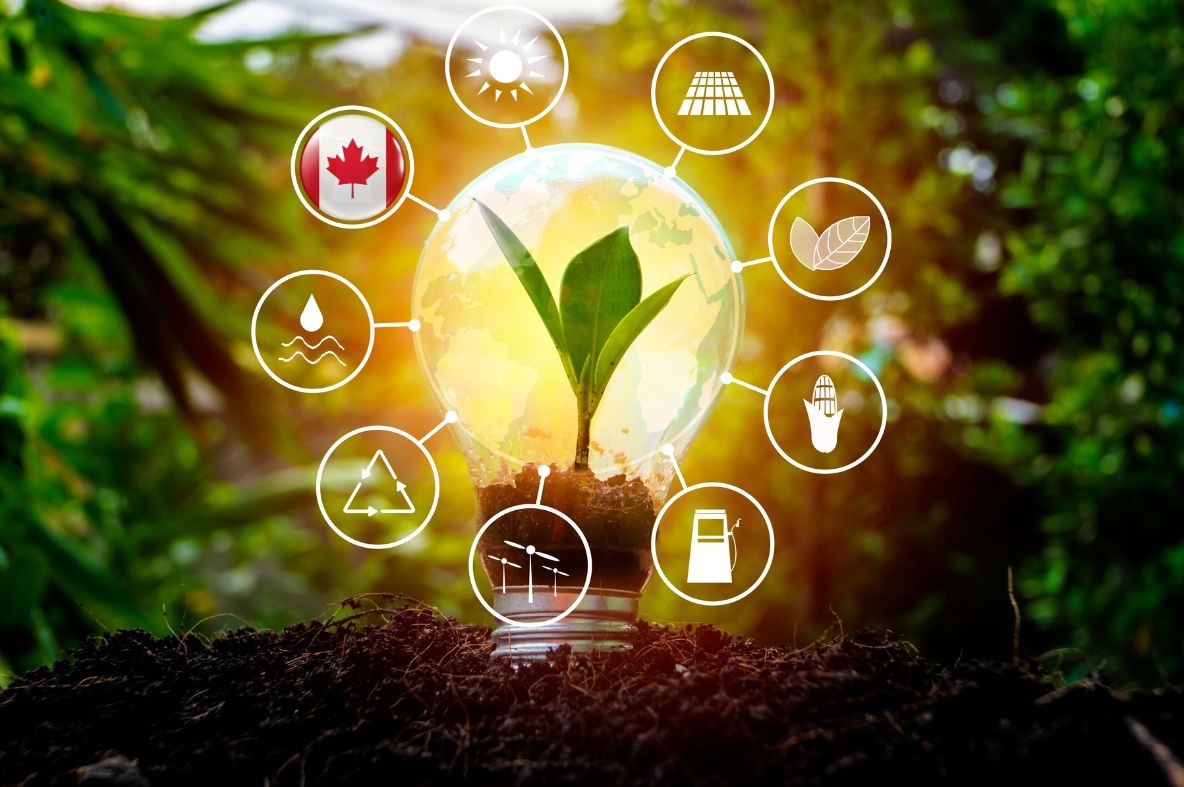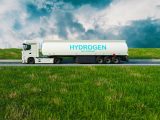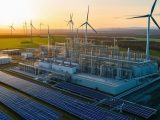
Could Canada become a world hydrogen production leader?
August 22, 2024A global analysis showed that large parts of the country are very well suited for this purpose
Paul Scherrer Institute PSI researchers recently conducted an analysis of the regions around the world that would be suited for hydrogen production and pointed to regions of Canada as some of the most promising.
The focus was on where H2 could be made most cost-effectively
The research concentrated on where hydrogen production could take place most cost-effectively in order to develop an H2 economy as opposed to one built on fossil fuel.
Among the findings from the analysis is that it won’t be enough to replace the current use of fossil fuels with electricity and H2 in order to eliminate greenhouse gas emissions. The study results were published in the Nature Communications journal under the title “Future hydrogen economies imply environmental trade-offs and a supply-demand mismatch.”
A growing number of countries worldwide are setting targets to become climate neutral in coming decades. For instance, Switzerland’s climate-neutral goal has been set for 2050. This means that in countries participating in this type of goal, the greenhouse gas emissions should be decreasing moving forward in order to bring them closer to their goals for the purpose of combatting the worsening of climate change.
Electrification and hydrogen production may not be enough
Significant moves are being made to electrify personal transportation and, to a smaller extent, industry and larger transport. This has occurred through battery electric technology as well as through renewable power such as wind, solar, and hydroelectric.

That said, electricity is inadequate as a source of energy for all areas currently powered by fossil fuels. The energy storage density simply isn’t adequate. Hydrogen production helps to provide that next level of energy density. This is more appropriate for areas such as steel, agriculture and aviation, all of which have been making moves in the H2 arena.
Many scenarios
Tom Terouw, principal author of the study, project leader Christian Bauer, and the rest of the research team from the Laboratory for Energy Systems Analysis at PSI, collected economic and geographical forecasts and data to provide a description of four possible scenarios for an H2 economy.
Depending on the particular scenario, the prediction they described was that there would be a demand within the range of 111 megatons and 614 megatons per year by 2050. In the first scenario described by the researchers, the world would continue onward with the status quo, reliant on fossil fuels.
The fourth scenario was the most optimistic, in which the world adopts a strong climate protection measures strategy and was able to meet its target of 1.5 degrees.
Canada’s role in global hydrogen production
 Currently, world hydrogen production sits at around 90 megatons per year. Substantial parts of Canada were identified by the researchers as being among the best for increasing that capacity as time progresses forward.
Currently, world hydrogen production sits at around 90 megatons per year. Substantial parts of Canada were identified by the researchers as being among the best for increasing that capacity as time progresses forward.
“There are lots of open spaces which are very windy and therefore ideal for putting up wind turbines,” said Terlouw. “On top of this, there’s plenty of water around and the political situation is stable—although we didn’t consider these two criteria in great detail in our study. But of course, the availability of water for electrolysis also plays a role, as does the question of whether the country concerned is one from which hydrogen can be reliably imported.”
This is an important consideration, as the world will need to focus not only on hydrogen production in general, but also making H2 using emission-free strategies such as by powering water electrolyzers with renewable electricity such as solar, wind, and hydropower. This type of strategy requires a certain type of geography to make a country well suited to it, one which Canada appears to have in abundance.



 With over 15 years of reporting hydrogen news, we are your premier source for the latest updates and insights in hydrogen and renewable energy.
With over 15 years of reporting hydrogen news, we are your premier source for the latest updates and insights in hydrogen and renewable energy.